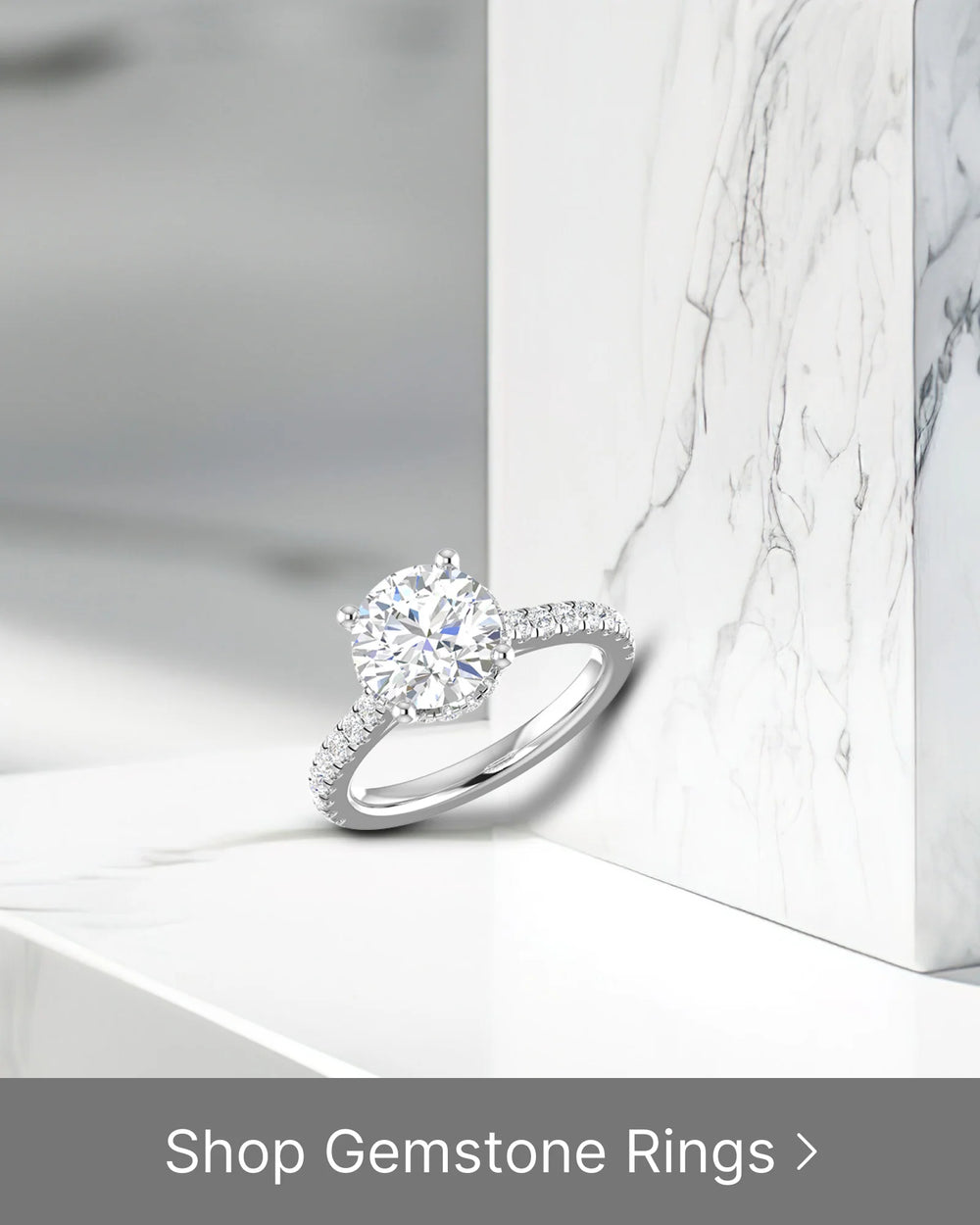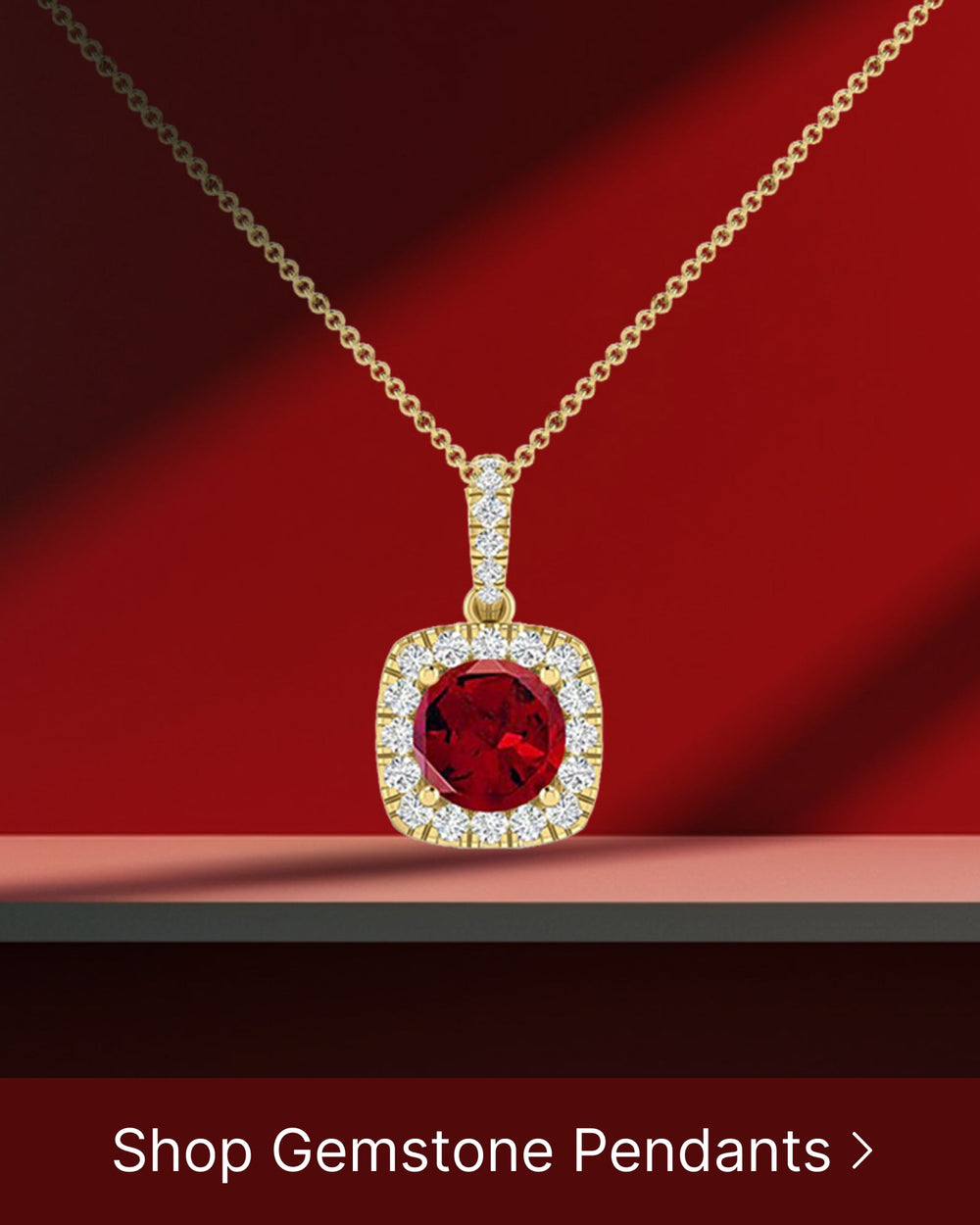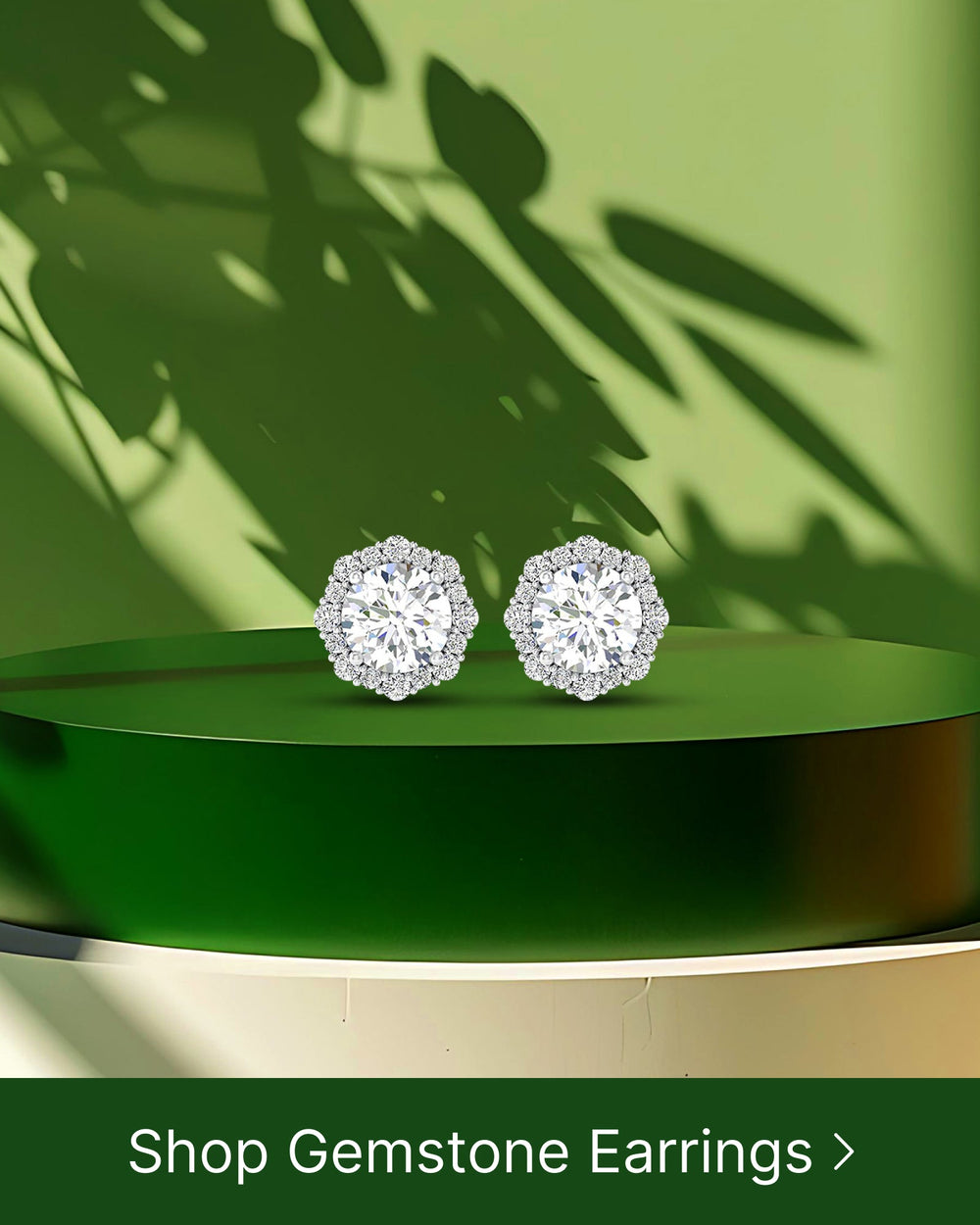Jewelry auctions can be exciting and lucrative for both collectors and enthusiasts. Whether you are new to the world of jewelry auctions or a seasoned collector, understanding the ins and outs of this unique market can greatly enhance your experience. In this article, we will explore the basics of jewelry auctions, the art of collecting jewelry, navigating different types of jewelry, and strategies for successful bidding. Let's dive in!
Understanding the World of Jewelry Auctions
When it comes to the world of jewelry auctions, there is a whole universe of excitement and opportunity waiting to be explored. Before diving into this captivating realm, it is essential to understand the basics. Jewelry auctions provide a platform for buyers and sellers to come together to trade jewelry pieces, creating a dynamic marketplace where treasures find new homes and collectors find their next prized possession.
These auctions can be conducted in two different ways: online or in physical auction houses. Each method has its own set of advantages and disadvantages, offering unique experiences for both buyers and sellers.
The Basics of Jewelry Auctions
Online jewelry auctions have gained immense popularity in recent years, thanks to the convenience and accessibility they offer. With just a few clicks, you can browse through a vast number of jewelry pieces from the comfort of your own home. The digital platform allows you to explore a wide range of styles, eras, and price points, making it easier to find that perfect piece that speaks to your heart.
On the other hand, physical auctions provide a different kind of thrill. Stepping into a grand auction house, you are instantly transported to a world of elegance and sophistication. The atmosphere is charged with anticipation as bidders gather, their eyes gleaming with excitement. One of the unique advantages of physical auctions is the ability to physically examine the jewelry before making a purchase. You can feel the weight of the gold, admire the sparkle of the diamonds, and appreciate the craftsmanship up close, adding an extra layer of confidence to your bidding decisions.
However, physical auctions may require travel, and you may face more competition from other bidders vying for the same exquisite pieces. It becomes a battle of wits and determination as you strategize your bids, hoping to outshine your rivals and secure that coveted jewel.
Online vs. Physical Auctions: Pros and Cons
There are pros and cons to both online and physical jewelry auctions, and understanding them will help you decide which avenue aligns best with your preferences and needs.
Online auctions offer the convenience of browsing and bidding from anywhere in the world. Whether you're lounging on your couch or sipping coffee at a café, you can participate in auctions without leaving your comfort zone. The vast selection available online ensures that you have access to a wide variety of jewelry pieces, ranging from vintage treasures to contemporary designs.
On the flip side, physical auctions provide an immersive experience that cannot be replicated online. The thrill of being in the same room as fellow enthusiasts, witnessing the auctioneer's rhythmic chant, and feeling the palpable excitement in the air is an experience like no other. Additionally, physical auctions often attract a discerning crowd, including collectors, dealers, and connoisseurs, creating an environment where you can network and engage with like-minded individuals who share your passion for jewelry.
However, attending physical auctions may require careful planning, especially if the auction house is located in a different city or country. Travel expenses, accommodation arrangements, and time constraints must be considered when deciding to participate in a physical auction.
Key Terms and Phrases in Auctions
Being familiar with key terms and phrases used in auctions is crucial for successful participation. These terms can significantly impact your bidding strategy and overall understanding of the auction process.
One important term is the "reserve price," which is the minimum price set by the seller that must be reached for the item to be sold. If the bidding does not reach the reserve price, the item may be withdrawn from the auction.
The "hammer price" refers to the final price at which an item is sold. It is the price announced by the auctioneer when the bidding ends and the hammer falls, signifying the conclusion of the sale.
Another term to be aware of is the "buyer's premium," which is an additional fee charged by the auction house on top of the hammer price. This fee is typically a percentage of the final price and covers the administrative costs and services provided by the auction house.
Lastly, "absentee bidding" allows bidders to place bids on items before the auction begins. This feature is especially useful for those who cannot attend the auction in person but still want to participate. Absentee bids are executed on behalf of the bidder by the auction house, ensuring that their offers are considered during the live auction.
By taking the time to understand these key terms and phrases, you will empower yourself to make informed decisions during the auction process, enhancing your overall experience and increasing your chances of acquiring that perfect piece of jewelry.
The Art of Collecting Jewelry
Collecting jewelry is not just a hobby; it is an art form that requires careful consideration and a discerning eye. Starting a jewelry collection is like embarking on a journey, where each piece tells a unique story and adds to the overall narrative of your collection. Whether you are a seasoned collector or just starting out, there are a few key steps to keep in mind.
Starting Your Jewelry Collection
Before diving into the world of jewelry collecting, it is important to take the time to identify your personal preferences and establish a budget. Understanding your own taste and style will help guide your choices and ensure that your collection truly reflects who you are. Additionally, setting a budget will help you make informed decisions and prevent overspending.
Research is a crucial part of building a jewelry collection. By exploring different styles, periods, and designers, you can gain a deeper understanding of the vast world of jewelry. Visit museums, attend exhibitions, and read books on jewelry history to expand your knowledge and refine your taste. This research will not only help you appreciate the craftsmanship and artistry behind each piece but also assist you in narrowing down your focus and building a cohesive collection.
Maintaining and Caring for Your Collection
Once you have started your jewelry collection, it is essential to take proper care of your precious pieces. Regular cleaning and maintenance can help preserve their beauty and value for years to come. However, different types of jewelry require different care techniques.
Consulting with experienced jewelers and experts can provide valuable insights into the best practices for caring for your specific pieces. They can guide you on how to clean gemstones, polish metals, and store your jewelry properly. By following their advice, you can ensure that your collection remains in pristine condition and continues to shine.
The Importance of Appraisals and Insurance
As your jewelry collection grows, it becomes increasingly important to have your pieces appraised. Appraisals not only help you determine the value of your jewelry but also provide documentation that can be crucial for insurance purposes. In the unfortunate event of loss, theft, or damage, having accurate and up-to-date appraisals will ensure that you receive the appropriate compensation.
Insurance coverage is a vital aspect of protecting your investment. It is essential to review your insurance policy regularly and make sure that it adequately covers your collection's value. Consult with a reputable insurance provider who specializes in jewelry to ensure that you have the right coverage for your unique collection.
Remember, collecting jewelry is not just about acquiring beautiful pieces; it is about curating a collection that tells a story and brings joy. Each piece you add to your collection should be a reflection of your personal style and passion for the art of jewelry. So, take your time, explore different avenues, and enjoy the journey of building your own unique jewelry collection.
Navigating Different Types of Jewelry
Antique vs. Contemporary Jewelry
Understanding the differences between antique and contemporary jewelry is crucial when navigating the world of jewelry auctions. Antique jewelry refers to pieces that are over 100 years old and often carries historical significance. Contemporary jewelry, on the other hand, encompasses more modern styles and designs. Both categories offer unique opportunities for collectors.
Understanding Jewelry Materials and Gemstones
Jewelry is crafted from various materials, such as gold, silver, platinum, and alternative metals like titanium or stainless steel. Gemstones are an integral part of many jewelry pieces, with diamonds, rubies, emeralds, and sapphires being among the most sought-after. Familiarizing yourself with different materials and gemstones will help you make informed choices when bidding on jewelry.
Recognizing Quality and Craftsmanship
When collecting jewelry, it is essential to recognize and appreciate quality craftsmanship. Examining the clarity, color, and cut of gemstones, as well as the precision and skill in the overall design, can help you identify pieces with exceptional quality. Developing an eye for these details will enable you to make more informed decisions during auctions.
Strategies for Successful Bidding
Pre-Auction Research and Preparation
Before any auction, thorough research and preparation are key to successful bidding. This includes researching the auction house, learning about the jewelry pieces on offer, and setting a budget. Familiarize yourself with the estimated values of the items you are interested in and determine your maximum bid accordingly.
Bidding Techniques and Tactics
During the auction, employing effective bidding techniques can give you an edge. Strategically placing your bids, understanding bidding increments, and knowing when to stop are all factors to consider. Staying calm and composed amidst the excitement of the auction room or online bidding platform is crucial for making rational decisions.
Dealing with Auction Fever
Auction fever, the desire to win at any cost, can be both exhilarating and dangerous. It is crucial to manage your emotions and avoid getting caught up in bidding wars. Stick to your pre-set budget and be prepared to walk away if the bidding becomes too intense. Remember, there will always be more opportunities to acquire stunning jewelry pieces.
By understanding the world of jewelry auctions, mastering the art of collecting jewelry, navigating different types of jewelry, and employing effective bidding strategies, you can unlock the secrets of jewelry auctions and elevate your collecting experience. So, dive into the exciting world of jewelry auctions and embark on a captivating journey of discovery and acquisition!






